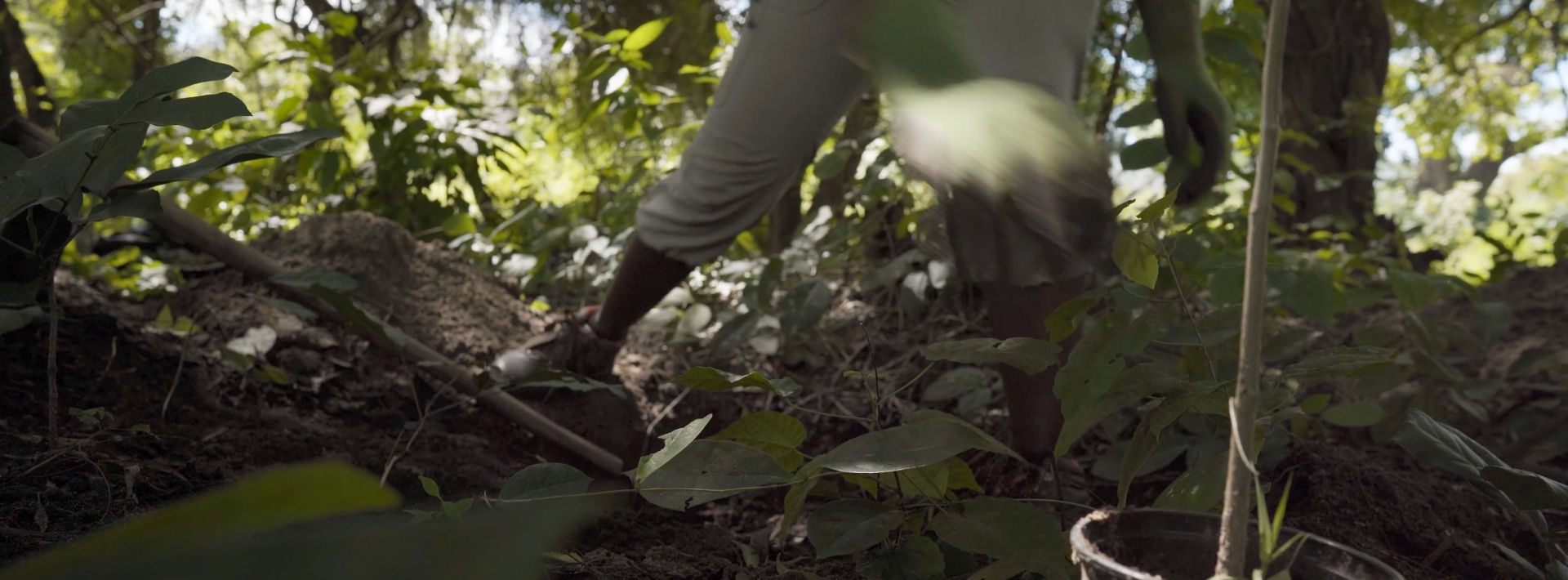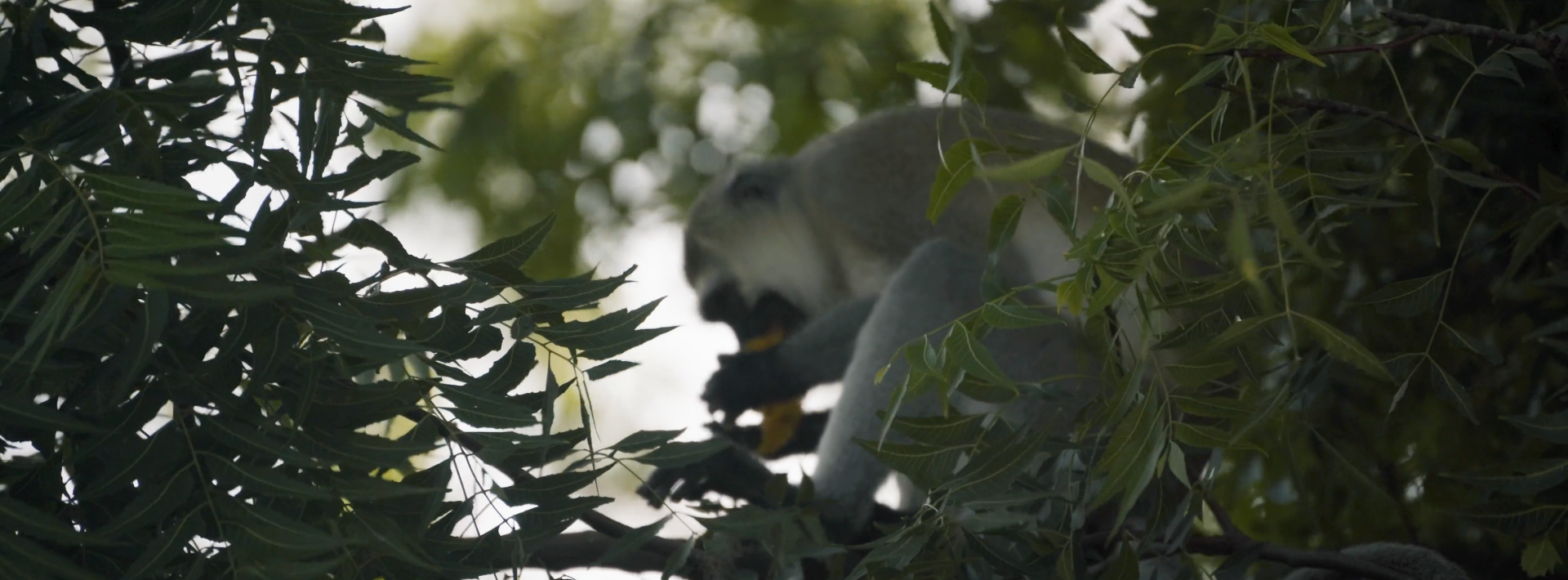In Brief
Conservation Value:
The coastal forests near Kilifi County, Kenya, are critical ecosystems hosting a rich diversity of endemic species, many of which are under threat from human activities. These forests are part of the Coastal Forests Global Biodiversity Hotspot and include Key Biodiversity Areas (KBAs) and Important Bird Areas (IBAs). The landscape features a mosaic of moist and dry forests, coastal thickets, savanna woodlands, and swamps, providing varied habitats for a range of species. Our conservation efforts are focused on restoring and regenerating degraded patches of forest to enhance connectivity between fragmented habitats.
Threats:
Habitat loss due to shifting agriculture, grazing, and natural resource extraction is fragmenting the environment, placing endemic species such as the Endangered golden-rumped elephant-shrew (Rhynchocyon chrysopygus) at risk. Remaining forests provide essential resources for the growing local human population, including wood for energy and construction, food, and livelihoods from the sale of forest products. Unsustainable exploitation has led to deforestation and overharvesting. With agriculture being the primary economic activity, land remains the most valuable asset for local communities, intensifying pressure on these forests and the biodiversity they sustain.
Actions & Results:
We are restoring forests by building nurseries and stocking them with native species. The project actively involves local communities in forest protection.
- Creating Tree Nurseries: Two community tree nurseries will be established in Mwapula and Panga ya Saidi. These nurseries will supply seedlings for reforestation efforts while involving local communities and schools in environmental education and conservation awareness.
- Protecting Forests: Local community members will be trained as forest scouts to reduce illegal activities such as tree cutting and slash-and-burn practices and will also work to promote importance of preserving the forest.
- Planting Native Trees: Over 60 species of tree native to the ecosystem, will be planted. At least 10% of these will be rare or endangered species listed on the IUCN Red List.
Goal:
Restore the coastal forest landscape using threatened native species.
This project is fully funded at present.
(Support is welcome for other projects)
Location:
Kilifi County, Indian Ocean coastline — Kenya
Size of Area Involved:
4 hectares
Project Field Partner:
LEAF - (The Little Environmental Action Foundation)
Our Investment to Date:
Budget in 2024 & 2025: CA$14,117 (spent in 2024: CA$8,360)
Gallery
Click to enlarge an image
In More Depth...
International Conservation Fund of Canada Copyright © 2009-2025
Registered Canadian charity # 85247 8189 RR0001




2__small.png)
5__small.png)
4__small.png)
2__small.png)
3__small.png)